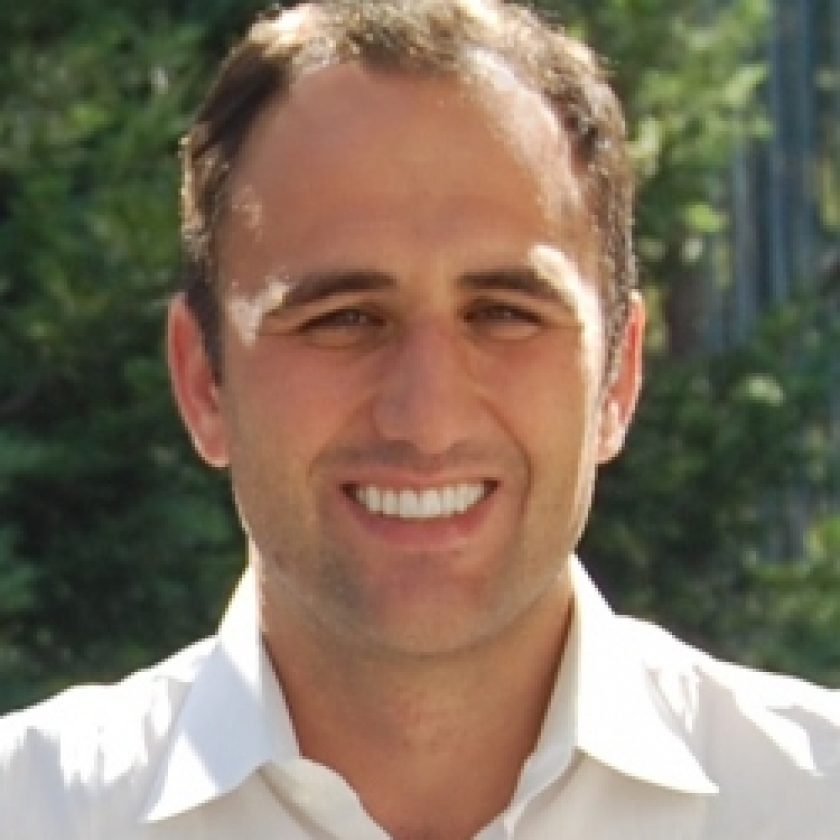Abstract
In order to enable future endeavors in nanoscale science and engineering, facile and affordable processes for the fabrication of nanostructures need to be developed. The atomic force microscope (AFM) is an exceptionally versatile tool for nanoscale manufacturing; a conducting AFM probe can act either as the electrode of a nanoscopic electrochemical cell, or as a high electric field point source depending on substrates and patterning parameters. In this talk, I will present the nanoscale electrochemistry of metals with water soluble oxides that comprises a complete lithography scheme capable of positive tone transfer and lift-off. Furthermore, I will discuss the high field AFM patterning regime and how organic molecules can react to locally activate surface functionality, or to deposit glassy carbon nanowires as fast as 1 cm/s. Finally, I will speculate on how the high field deposition process can be extended to a variety of materials including inorganic nanowires and how this can afford the multiplexed assembly of nanoscale electronic devices.
Biography
Marco Rolandi was born and raised in Savona, Italy. After graduating from Italian Liceo Scientifico, he moved to the UK to study for an MSci in Physics at Queen Mary and Westfield College, University of London (now Queen Mary University of London) where he started performing research in the laboratories of Professor E. Guy Wilson. He then moved to the US and joined the research group of Professor Hongjie Dai while pursuing a PhD in Applied Physics at Stanford University. In 2005, he became a postdoctoral fellow in the Materials Sciences Division at Lawrence Berkeley National Laboratory and the Department of Chemistry at the University of California, Berkeley working in the laboratories of Professor Jean M.J Fréchet.


